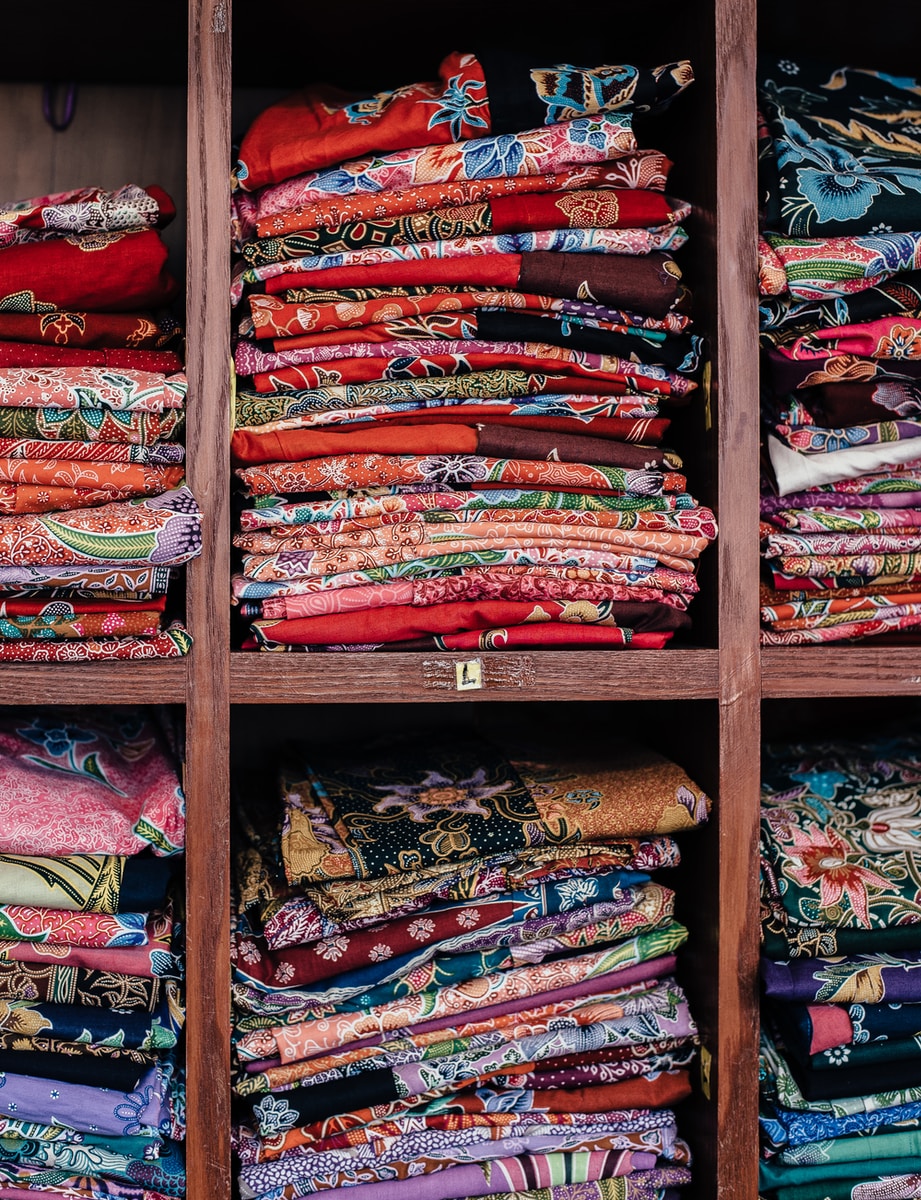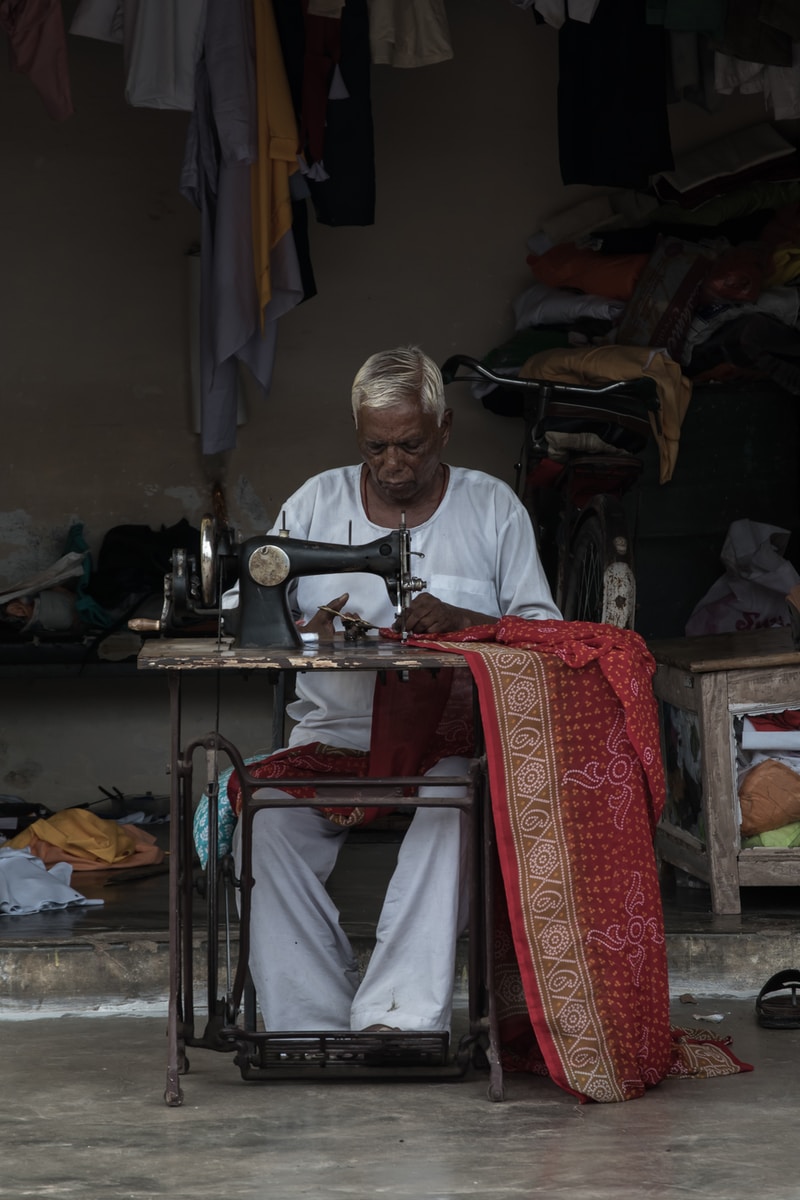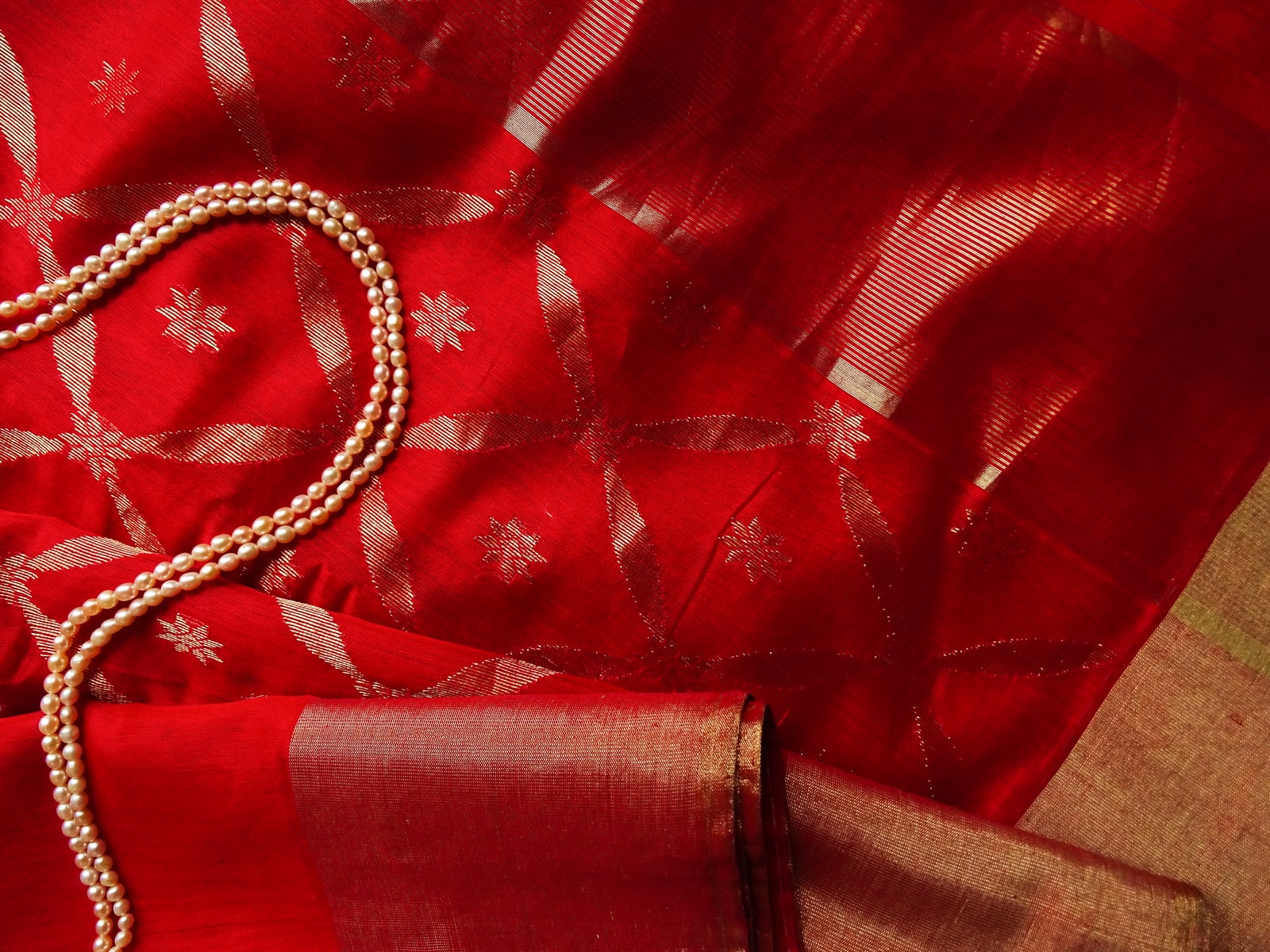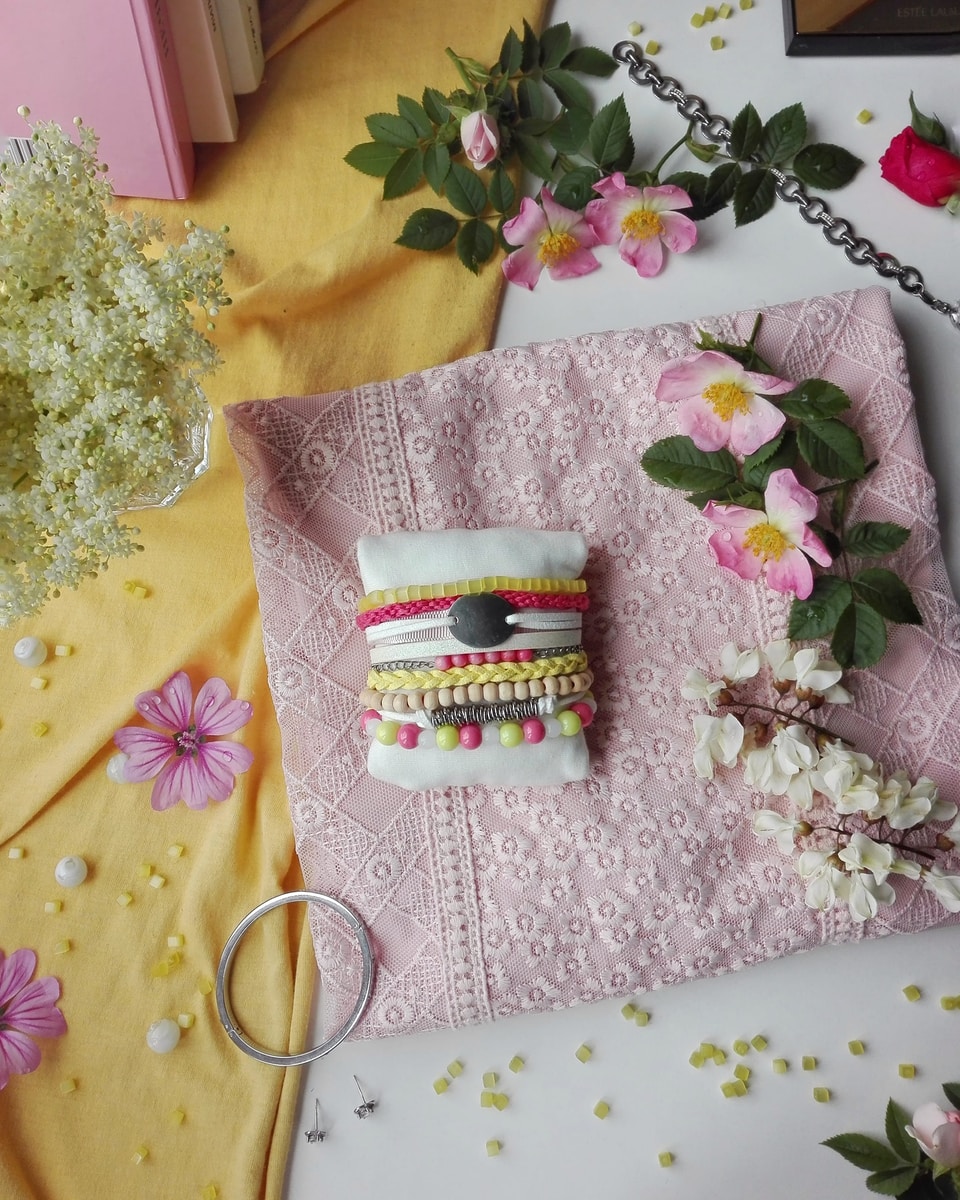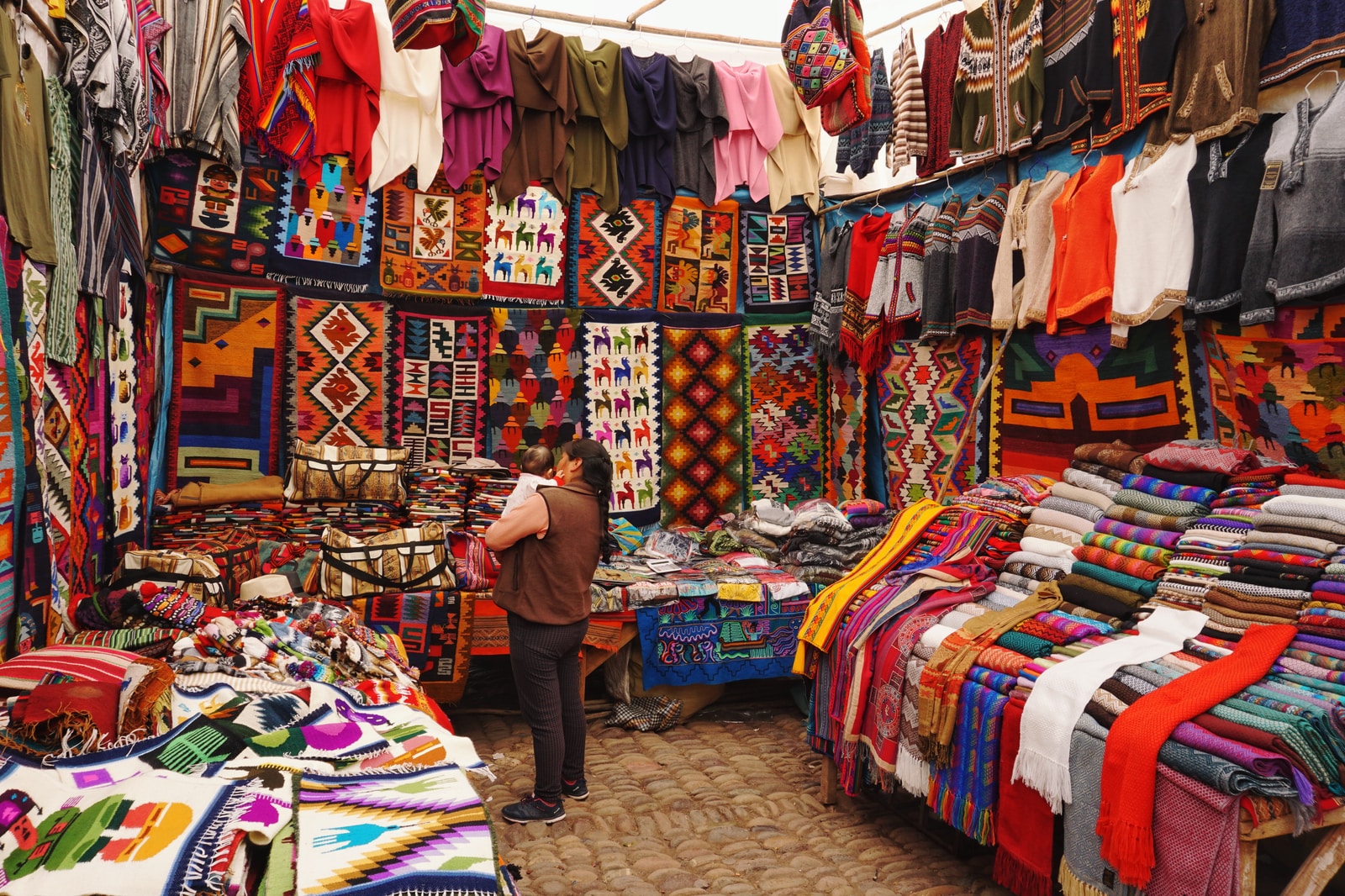Injiri was launched in 2009 and focuses on sustainable textile usage and textile development from across India. This country has, perhaps more than any other, long provided the fashion industry with exceptional handwoven textiles. How much do we know about these centuries-old methods and the process of creating them? Chinar Farooqui, founder of Injiri, aims to expand our understanding of the artisan communities in her homeland. She is particularly interested in specific techniques.
Injiri is sold in over 300 shops worldwide, including iconic boutiques like Dover Street Market in London and Japan and ABC Home in New York City. Injiri does not sell direct to consumers and is limited to 50 to 100 pieces per season. Farooqui says this does not reflect a lack of artisans in each sector. It is her determination to maintain quality product, as it can be difficult to coordinate with artisans scattered across India.
Rethinking India’s artisans: How fashion industry and India interact
Farooqui describes the Injiri group as “a workshop of approximately 65 people,” but the core of the business is built on her close working relationship to India’s master weavers, embroiderers and tie-and-dye artisans. She is not interested in the latest trends and focuses on products that honor slow-fashion, timeless luxury, and, ultimately, India’s history. In days past, woven material was an expensive commodity that could be used sparingly and made clothes took a long time. She claims that her modern aesthetic is often influenced by the most basic clothes worn by farmers, peasants, and the common man.
The brand’s success is based on the strength of its craft clusters in India. Many textiles require collaboration between multiple people, often within a family. Each person has their own area of expertise and brings the creations to life. Farooqui discusses FashionUnited’s top techniques and unique characteristics of craft clusters.
Jamdani, West Bengal
Although the Jamdani weave was originally called the Dhakai, it is now known as one of the most labor-intensive forms handloom weaving, and is also one of the best varieties of muslin. The name Jamdani was first given to Dhaka, a city that was one of the many pre-partition Bengali textile weaving centers. It was during the Mughal Empire when the Persian term Jamdani gained popularity. Jamdani is a combination of the standard and supplementary weft techniques of weaving. This holds the warp threads together. The standard weft produces a fine, sheer fabric while the supplementary weavet uses thicker threads to create intricate patterns. Each supplementary motif is created by hand, interlacing the weft threads with the warp using fine bamboo sticks and individual spools. The pattern is not drawn or sketched on the fabric, but it is drawn on graph paper. This creates a complex mixture of patterns that seem to float on a shimmering surface.
Chikankari, Lucknow, Madhya Pradesh
It simply means embroidery in Urdu Chikankari. Experts believe that it originated from white-on-white Shiraz embroidery, which was brought to India by Persian nobles in the Mughal court. This delicate, artful technique for hand embroidery involves the use of white thread on cool pastel shades of light cotton, silk, and muslin. A Chikankari piece takes a lot of time and can take several months to complete. This is because the embroidery is divided between the artisans. There are often three or more who specialize in a particular stitch. Each group completes their piece and the garment is then passed to the next group for their speciality stitch.
Pochampally Ikat, Andhra Pradesh
Originating in India’s silk city, Bodhan, the craft of Pochampally Ikkat involves dyeing silk thread and weaving it to create traditional geometric patterns in the Ikkat style. Iterations of Ikat have long been a part of ancient Indian weaving traditions and have earned the Pochampally Ikkat a place on UNESCO list of world heritage sites for its iconic saree weaving clusters.
A Pochampally Ikat, traditionally woven in silk is time-consuming and passed down through the generations. It can be found in some villages, mainly in the Nalgonda region in the state Telangana. To create patterns on the fabric, the warp, weft or both are tied-dyed prior to weaving. The design is then determined by wrapping. The warp threads have been dyed, and the area under the ties has remained the original color. To ensure that the design works, you must take care when placing the warp on the weaving loom.
Bhujodi Weaving, Gujarat
Gujarat, an Indian state, has been the gateway to India’s sub-continent for many years. It is also a major trading and learning centre. The state borders the ocean and the vast white desert. Its people are keeper of heritage crafts. One of these is the Bhujodi.
Over 500 years ago, Mughal migrants from Rajasthan made the woolen veils for the Rabari community. They also created the coarse woolen blanket to protect the herdsmen in the open fields. The blanket could be worn over the shoulder, around the waist, or as a turban. Modern-day descendants of these women use wool from local sheep. However, the yarn in its raw form can easily break and become entangled. The woolen strands should be soaked in a thin paste made of boiled wheat flour or rice flour before being used. After drying, the strands can then be separated by combing. The traditional method is for the men to do this, while the women make yarn on the Charkha and lay it on the loom.
Bandhani, Gujarat
Bandhani’s tie-dye technique, also known by Bandhej can be traced back at the Indus Valley civilization. This ancient method of patterning fabric is the oldest, with an example of it being used in Buddha’s 6th-century paintings. Tying pinches of dye to prevent the dye from reaching certain areas of fabric is a common method used mainly by women. Blocks or tracing sheets with holes are used for complex designs.
Tagai in Rajasthan
One of the many traditional crafts of Rajasthan is the .Jaipuri Razai, the art of quilt making, traditionally made using hand-spun and handwoven khadi and hand-carded cotton filling. Born out of necessity, the cold winter nights in Rajasthan inspired people to quilt bed covers and the ancient process remains unchanged today. Dhunai is the carding. It refers to the cleaning and fluffing of cotton on a Pindar-shaped wooden structure. Next, a layer is laid of the carded cotton raw cotton on the outer layer. The cotton is then turned inside out and beat to distribute evenly.


